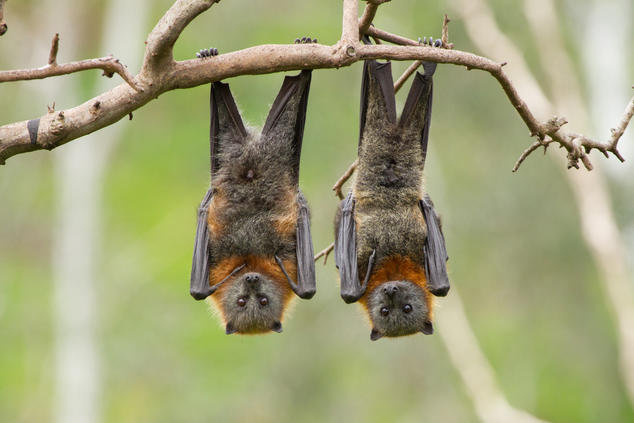According to a new study released by Chinese researchers, a type of coronavirus called ‘NeoCov’ that spreads among bats in South Africa may create a huge threat to humans in the coming future. This study is yet to be peer-reviewed and has been recently posted on the repository BioRxiv preprint which shows that this virus is closely associated to the Middle East respiratory syndrome (MERS), a viral disease first identified in Saudi Arabia in 2012.
COVID-19 viruses are an expanded family of viruses that can cause diseases extending from the common cold to Severe Acute Respiratory Syndrome (SARS). Researchers from the Chinese Academy of Sciences and Wuhan University found that NeoCov is noted in a population of bats in South Africa and to date spreads completely among these animals. NeoCov in its current form does not infect humans but creates further mutations that may make it potentially harmful, noted the researchers.
“In this study, we unexpectedly found that NeoCoV and its close relative, PDF-2180-CoV, can efficiently use some types of bat Angiotensin-converting enzyme 2 (ACE2) and, less favourably, human ACE2 for entry,” the authors of the study noted.
ACE2 is a receptor protein on cells that offers the entry point for the coronavirus to hanger into and infect a wide range of cells gradually. The researchers stated that, “Our study demonstrates the first case of ACE2 usage in MERS-related viruses, shedding light on a potential bio-safety threat of the human emergence of an ACE2 using “MERS-CoV-2” with both high fatality and transmission rate.”
The infection with NeoCov could not be cross-neutralised by antibodies targeting SARS-CoV-2 or MERS-CoV, noted the researchers.
“Considering the extensive mutations in the RBD regions of the SARS-CoV-2 variants, especially the heavily mutated Omicron variant, these viruses may hold a latent potential to infect humans through further adaptation,” the authors of the study added.

